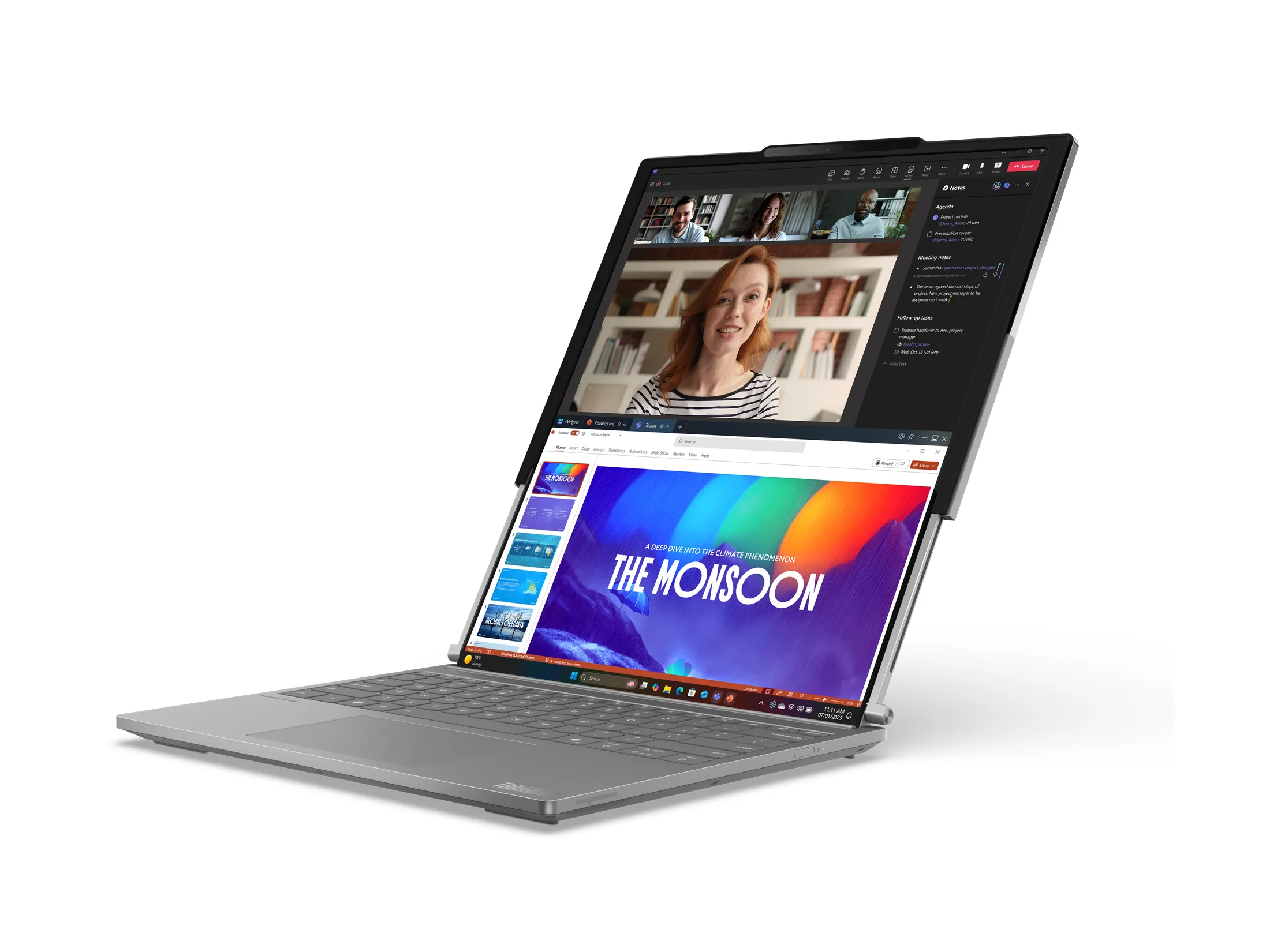
By David Ponce
A team of researchers at MIT has developed a method for turning regular glass into something far, far more awesome: glass with arrays of conical micron-scale surface nanotextures, rendering it self-cleaning, non-glare, and non-fogging. Better yet, the method they have used could potentially be scaled to produce this glass at an acceptable cost for widespread use, from building windows to optical devices, and of course, to gadgets.
So how does it work? Roughly, it’s a process that involves applying several layers of photo resistive material to the glass, then etching away with a laser. As you can see in the scanning electron microscope picture above, the glass ends up being coated in microscopic cones that are five times as tall as their base width of 200 nanometers. And as demonstrated in the two pictures after the fold, this renders the surface superhydrophobic (a lot like stuff in this article), meaning water just bounces off it as if made of rubber. It’s also non glare because the cones create a surface that makes it impossible for a ray of light to bounce off and into our eyes.
You’d think that tiny cones like this would be fragile, but apparently the surface is resistant to water bouncing off it and even to regular finger presses, though more testing needs to be done. Sadly, there’s no word on when or even if this technology will ever make it out of the lab.












